The uncompromising Alfa Romeo 4C Spider draws on a 1960s classic
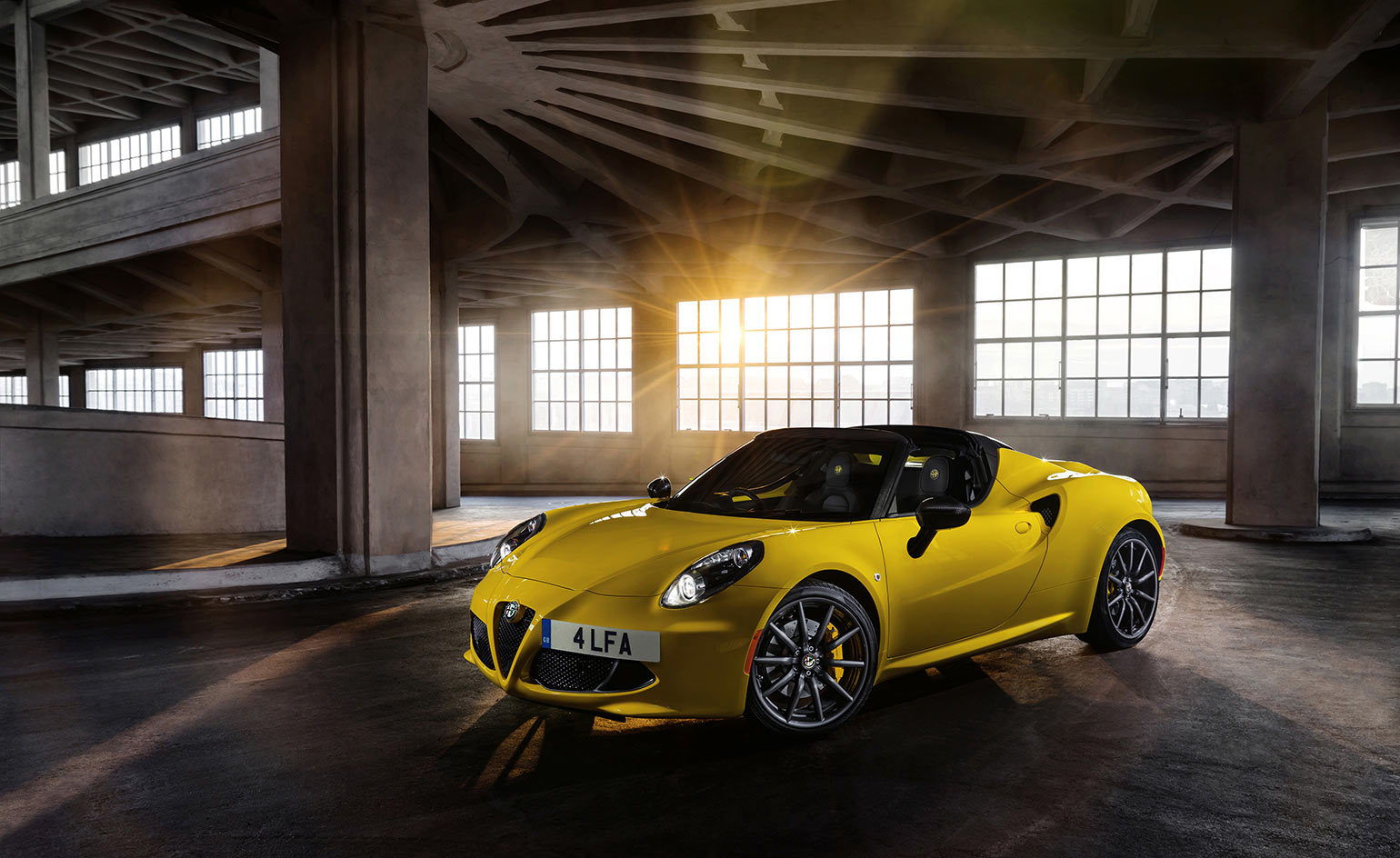
In many respects, the Alfa Romeo 4C Spider is a world apart from the other cars in the Italian manufacturer’s line-up. Despite a massive investment and marketing push, Alfa Romeo is still defined by its hatchback and saloon cars – the kind of affordable small open-topped sports car that defined the brand in the 1960s and 70s are notably absent. Instead, we have the 4C, a halo car that does more than merely buff its image, but introduces a whole new upper echelon to the brand.
The 4C takes voluptuous inspiration from the Alfa Romeo 33 Stradale, a late 60s masterpiece hand-built in a tiny edition of 18 cars. The 4C – in both coupe and Spider form – is constructed around a carbon fibre tub, making it ultra-light and a formidable performer. A small four-cylinder turbo-charged engine is placed amidships, with the necessary pipework to make it sound ferocious, and the steering has no power assistance to preserve the purity of its feel.
That all adds to a pretty intense and involved driving experience, heightened all the more by the removable roof panel (it concertinas up and can be stored in the modest rear boot – the front panel doesn’t open). The Spider gets the clear glass headlights denied its coupe sibling – and looks much better as a result – but the rear deck is an awkward landscape of curves and scoops. That fabric roof gives the driver a surprising insight into the sound experienced by passers-by, and therefore less of an excuse for not understanding the filthy looks they throw you (or the occasional thumbs-up). This is not a car for the quiet life.
The 4C’s steering occasionally seems to think you around the right series of sweeping bends. Throw in an undulating or uneven road surface, however, and the steering bucks and shimmers as if it'd like to tip you into a hedge. It's lucky that the compact steering wheel is a beautifully tactile piece of design, because you'll be clinging onto it for dear life when the road gets rough.
Alfa seems to struggle between the lairy and classy elements of its heritage, with the latter usually losing out the minute a surfeit of power is deployed. Nevertheless, the company knows the former still has a substantial draw. For example, there’s a 50th Anniversary Limited Edition version of the 4C to commemorate its predecessor's decisive starring role alongside Dustin Hoffman and Katherine Ross in The Graduate, the car that cemented the marque’s status in North America. The company left the US market in its fallow years, only to return triumphant with the 4C, with the new 2017 Giulia not far behind. Just like the original 33 Stradale – a racer for the road – the 4C is a car without compromise. Just don’t expect the love affair to be an easy ride.
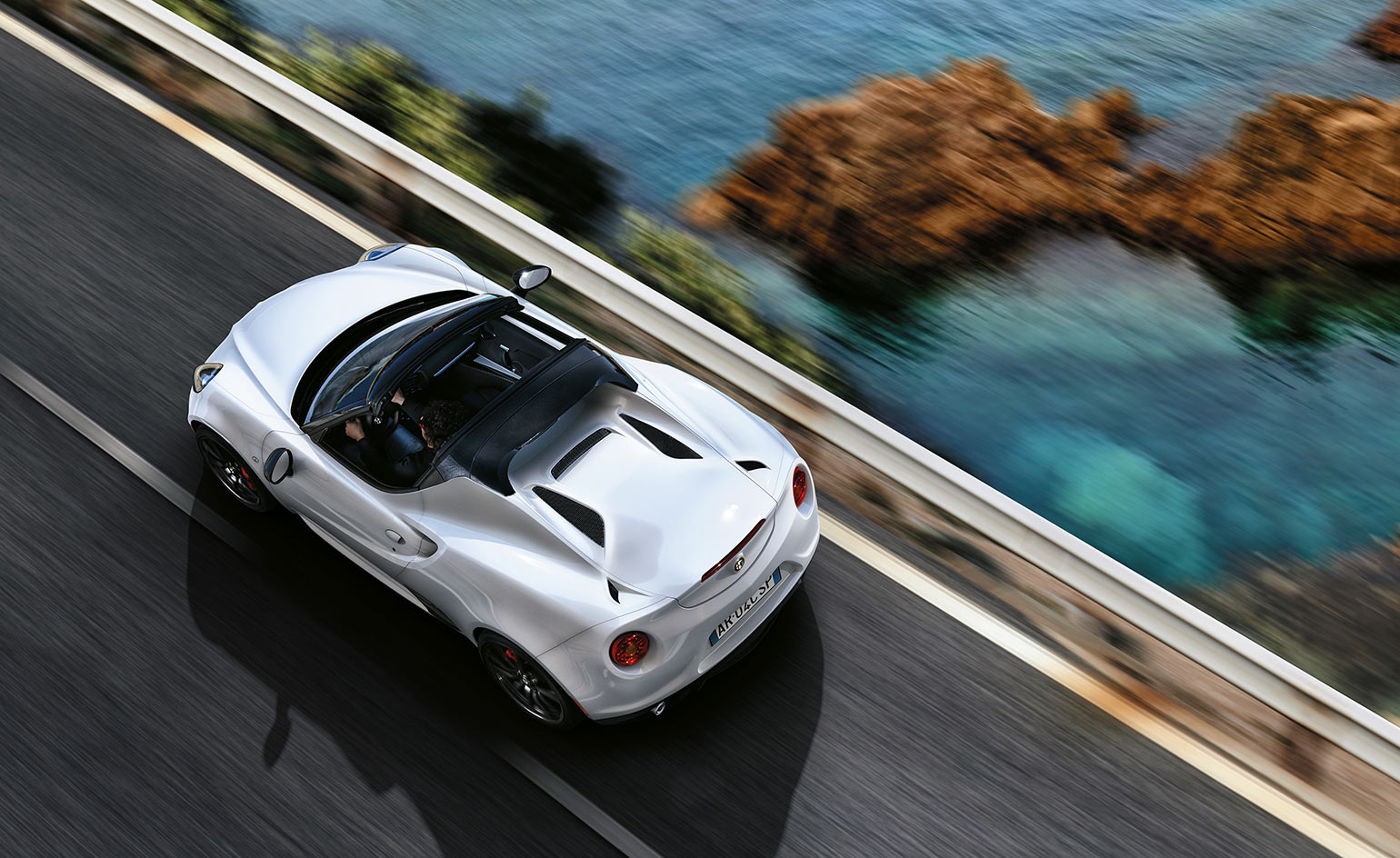
The 4C packs a pretty intense and involved driving experience – throw in an undulating or uneven road surface and the steering bucks as if it'd like to tip you into the hedge
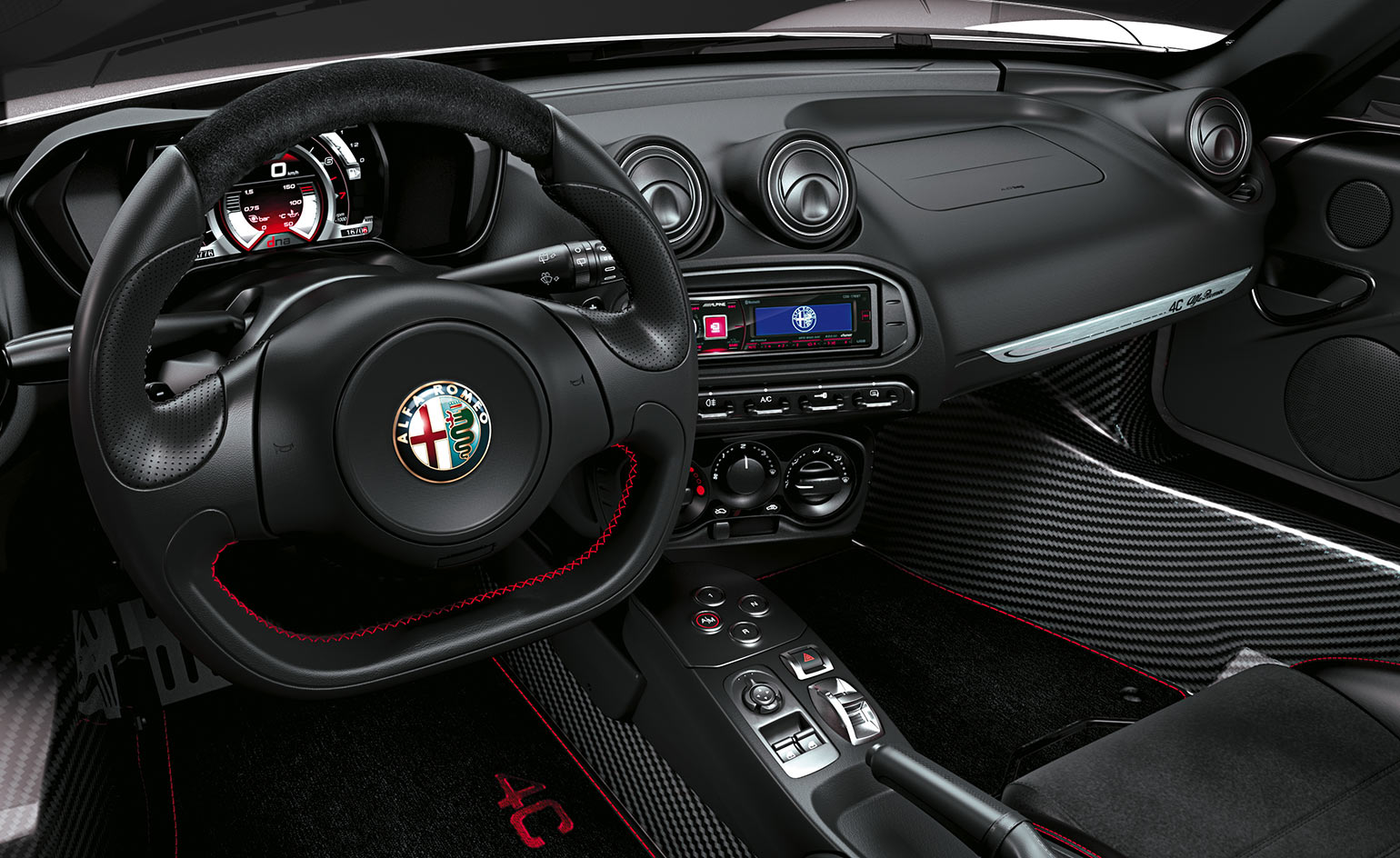
Luckily, the compact steering wheel is a beautifully tactile piece of design, because you'll be clinging onto it for dear life when the road gets rough
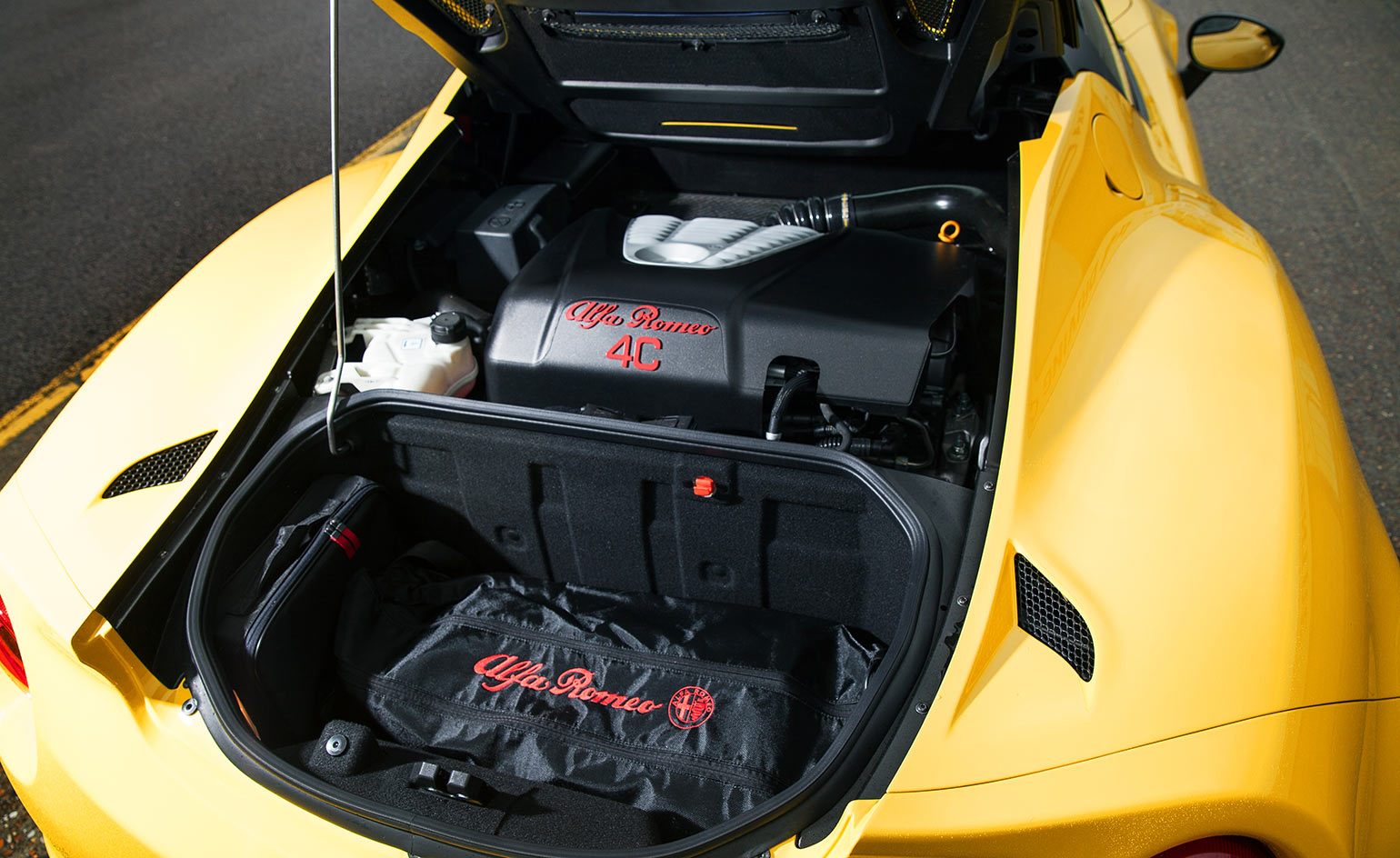
A removable fabric roof panel (it concertinas up and can be stored in the modest rear boot) gives the driver a surprising insight into the sound experienced by passers-by
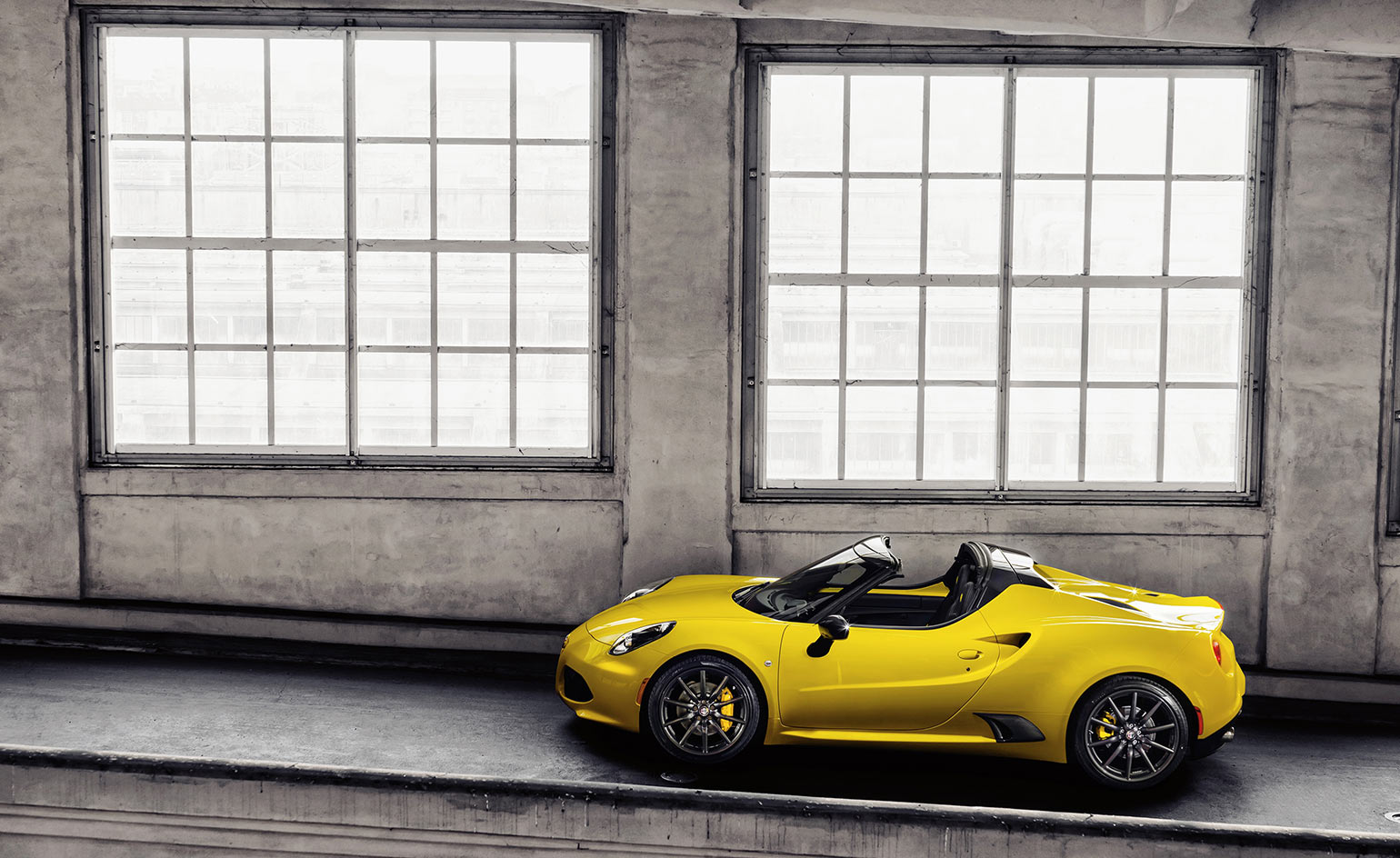
Employing a small four-cylinder turbo-charged engine, with the necessary pipework to make it sound ferocious, this is not a car for the quiet life
INFORMATION
Alfa Romeo 4C Spider, from £59,500. For more information, visit the Alfa Romeo website
Photography courtesy Alfa Romeo
Wallpaper* Newsletter
Receive our daily digest of inspiration, escapism and design stories from around the world direct to your inbox.
Jonathan Bell has written for Wallpaper* magazine since 1999, covering everything from architecture and transport design to books, tech and graphic design. He is now the magazine’s Transport and Technology Editor. Jonathan has written and edited 15 books, including Concept Car Design, 21st Century House, and The New Modern House. He is also the host of Wallpaper’s first podcast.
-
 A Sussex beach house boldly reimagines its seaside typology
A Sussex beach house boldly reimagines its seaside typologyA bold and uncompromising Sussex beach house reconfigures the vernacular to maximise coastal views but maintain privacy
By Jonathan Bell
-
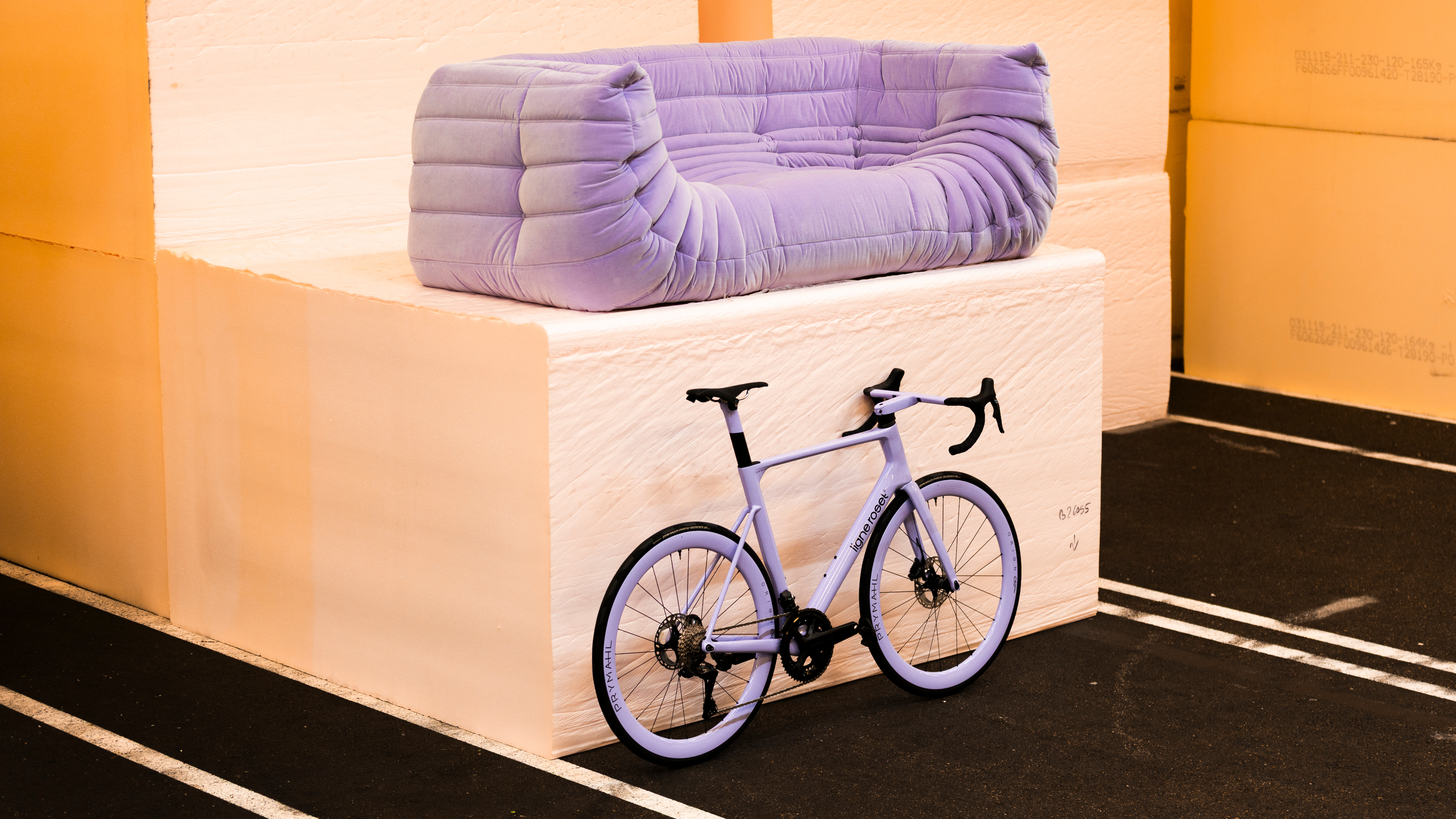 Ligne Roset teams up with Origine to create an ultra-limited-edition bike
Ligne Roset teams up with Origine to create an ultra-limited-edition bikeThe Ligne Roset x Origine bike marks the first venture from this collaboration between two major French manufacturers, each a leader in its field
By Jonathan Bell
-
 The Subaru Forester is the definition of unpretentious automotive design
The Subaru Forester is the definition of unpretentious automotive designIt’s not exactly king of the crossovers, but the Subaru Forester e-Boxer is reliable, practical and great for keeping a low profile
By Jonathan Bell
-
 Cantiere delle Marche is an Italian shipyard with a speciality: the high-end explorer yacht
Cantiere delle Marche is an Italian shipyard with a speciality: the high-end explorer yachtWe talk to Vasco Buonpensiere, CEO of Cantiere Delle Marche, about the rise of ultra-self-sufficient, multi-purpose, long distance explorer yachts
By Josh Sims
-
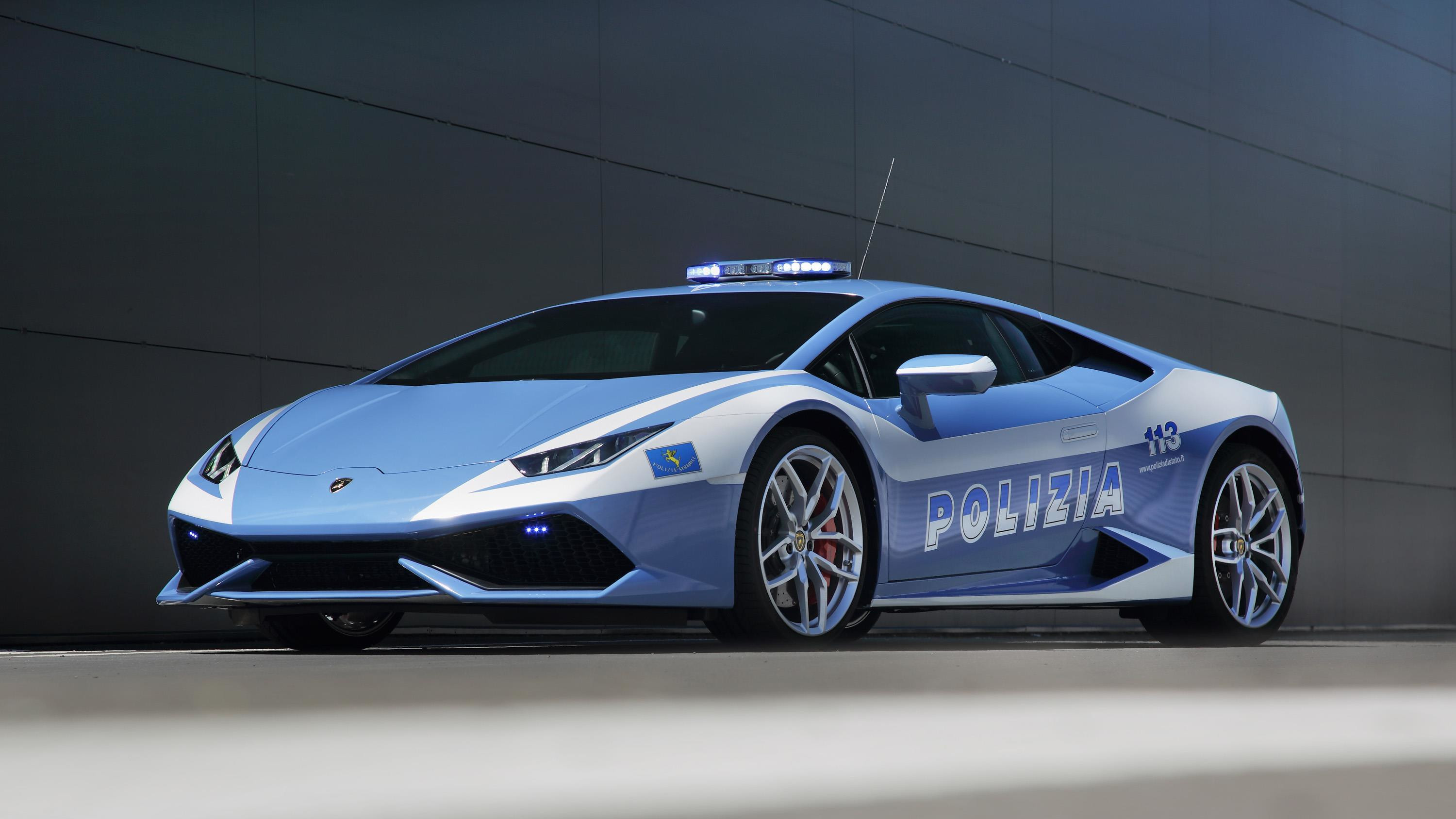 Lamborghini, fast friends with the Italian State Police for two decades
Lamborghini, fast friends with the Italian State Police for two decadesWhen the Italian police need to be somewhere fast, they turn to a long-running partnership with one of the country’s most famed sports car manufacturers, Lamborghini
By Shawn Adams
-
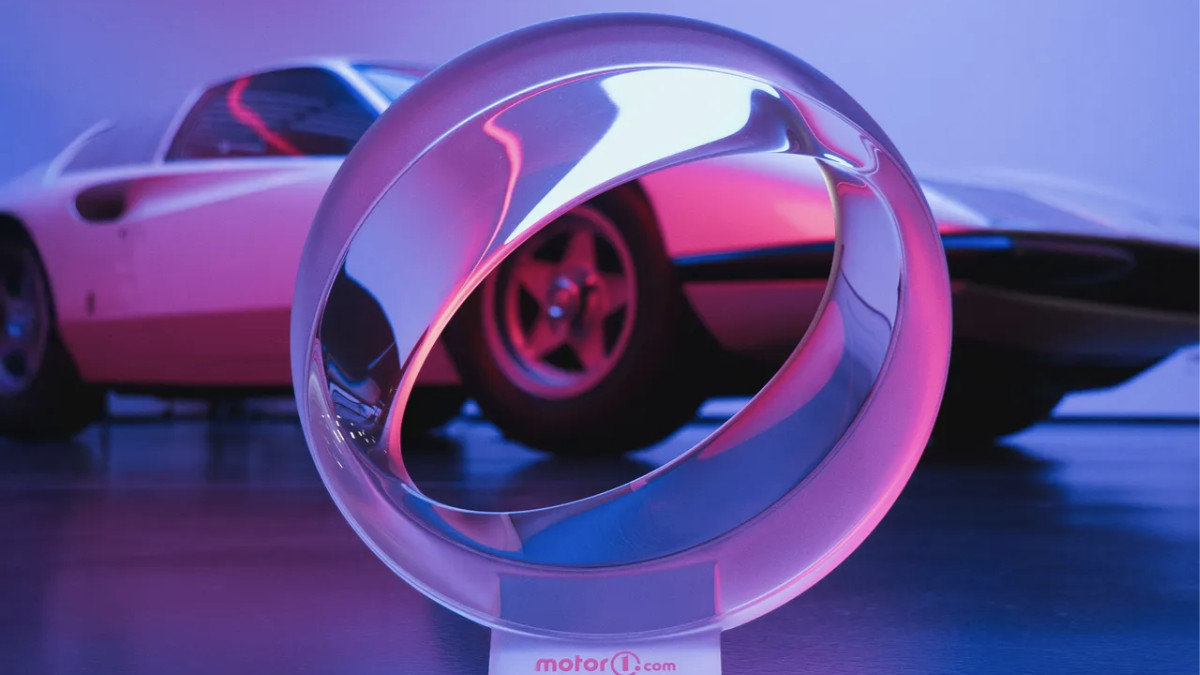 We are the world: Pininfarina’s ‘Orbis’ taps Papal support for an eco-friendly agenda
We are the world: Pininfarina’s ‘Orbis’ taps Papal support for an eco-friendly agendaThe Orbis is a ‘symbolic object’, a gift to Pope Francis from the Italian design agency at a time of political upheaval and social fracture around all aspects of sustainability
By Jonathan Bell
-
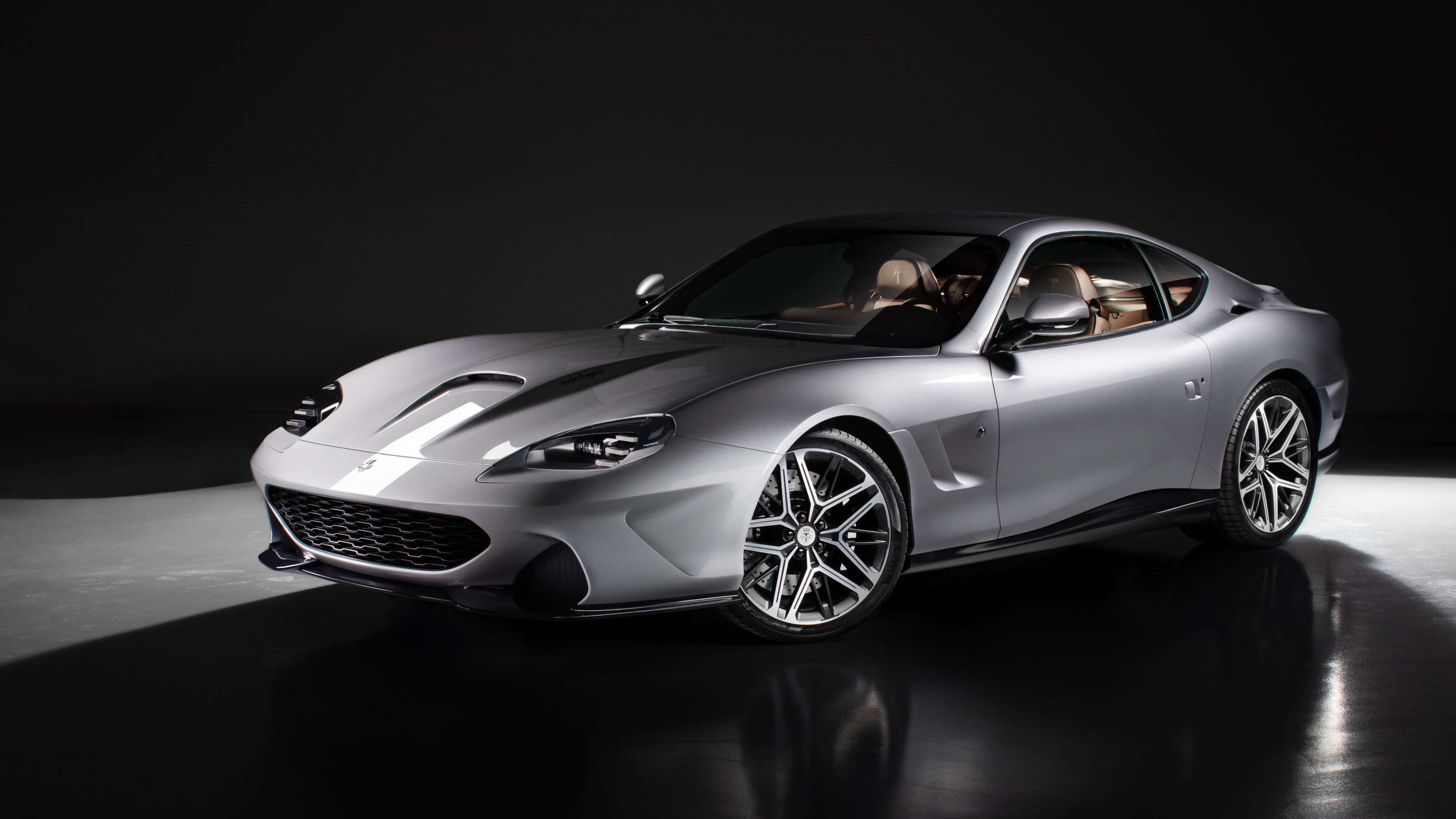 A 90s icon of Italian sports car design is reborn as the Veloce12 by Touring Superleggera
A 90s icon of Italian sports car design is reborn as the Veloce12 by Touring SuperleggeraCarrozzeria Touring Superleggera have transformed the Ferrari 550 Maranello into an all-analogue, carbon-bodied GT for the modern era
By Jonathan Bell
-
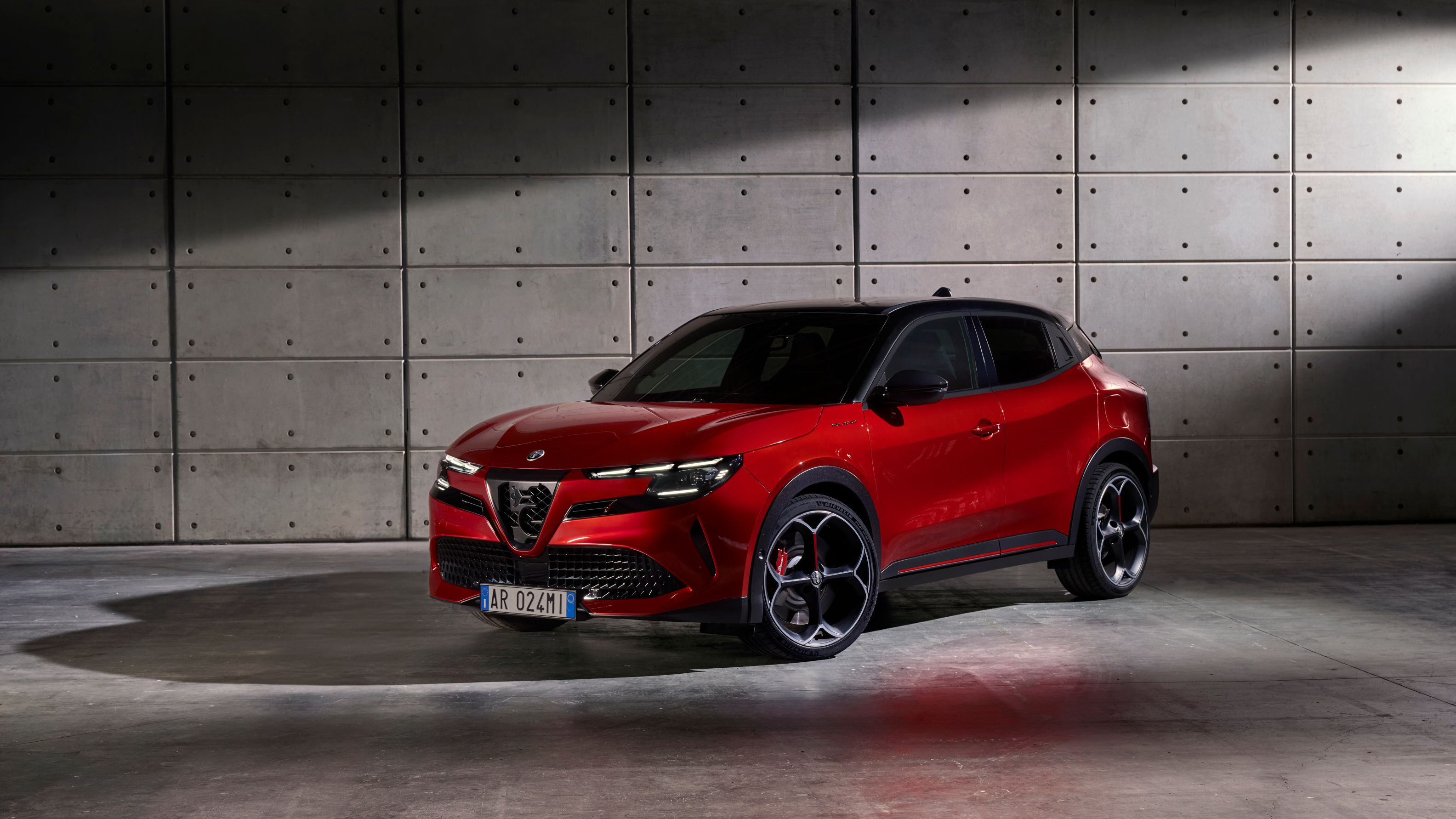 New Alfa Romeo Milano revives the marque’s sporty, small-car heyday
New Alfa Romeo Milano revives the marque’s sporty, small-car heydayThe all-new Alfa Romeo Milano is the brand’s latest compact car, a small SUV with two all-electric options and plenty of integral style
By Jonathan Bell
-
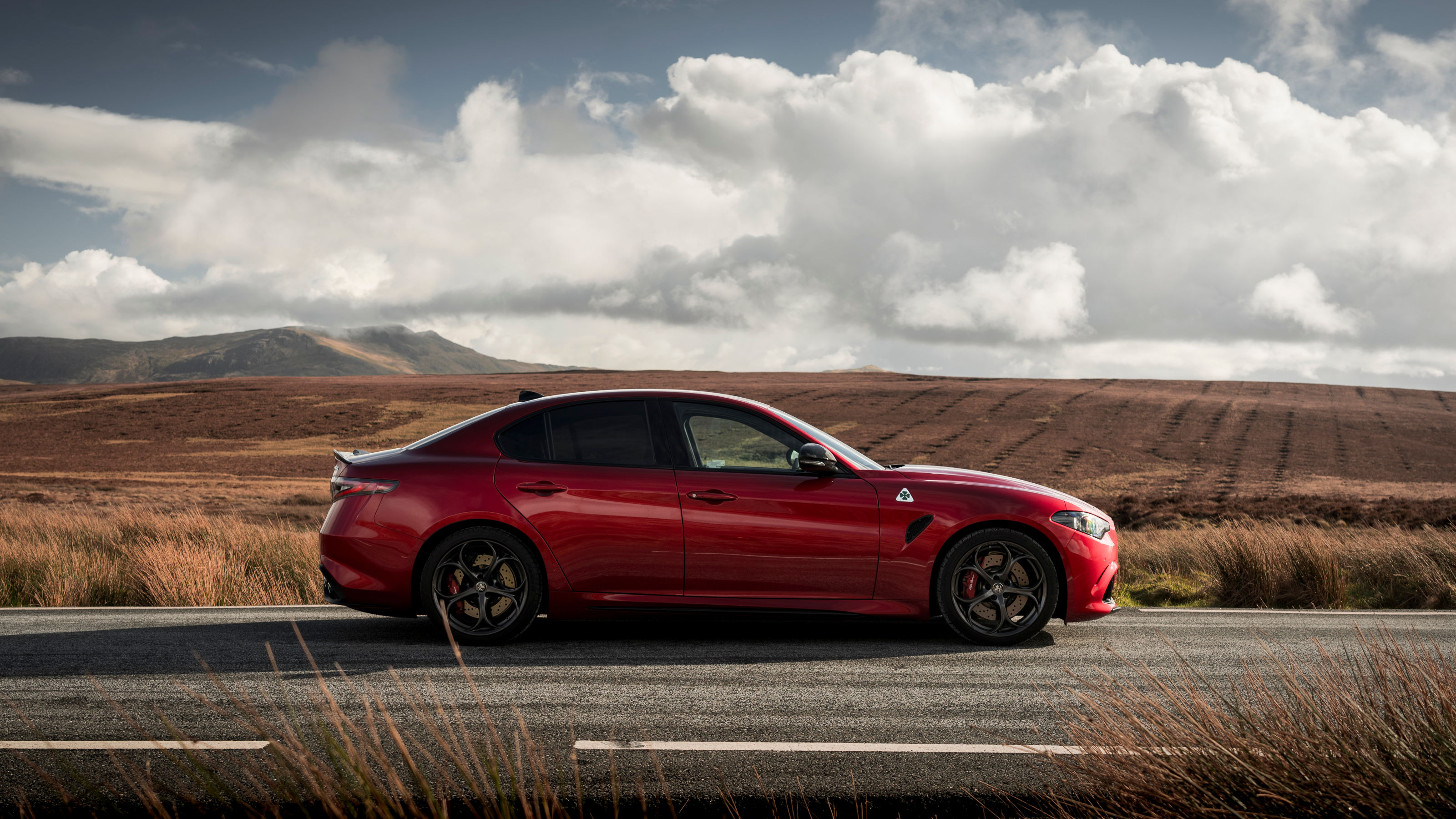 A pair of performance Alfa Romeos burnish the hallowed Quadrifoglio badge
A pair of performance Alfa Romeos burnish the hallowed Quadrifoglio badgeThe new Alfa Romeo Giulia Quadrifoglio and Stelvio Quadrifoglio represent the apex of each model
By Jonathan Bell
-
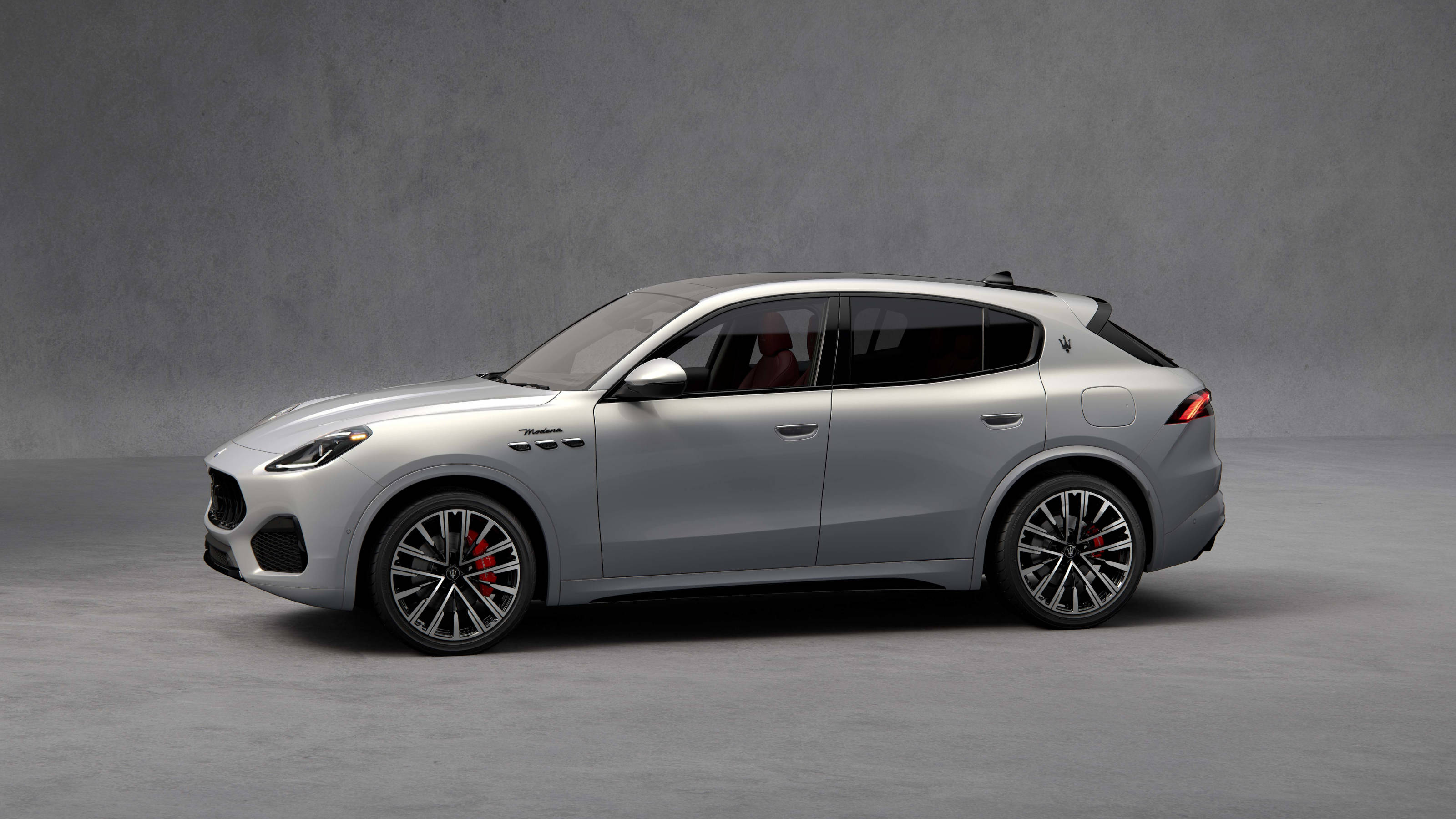 Maserati Grecale Modena hits the middle ground, an SUV for the badge-conscious
Maserati Grecale Modena hits the middle ground, an SUV for the badge-consciousThe Maserati Grecale Modena shows just how far a brand has to go to make an impact in the contemporary car market. How does it reflect on the Italian company’s long heritage?
By Jonathan Bell
-
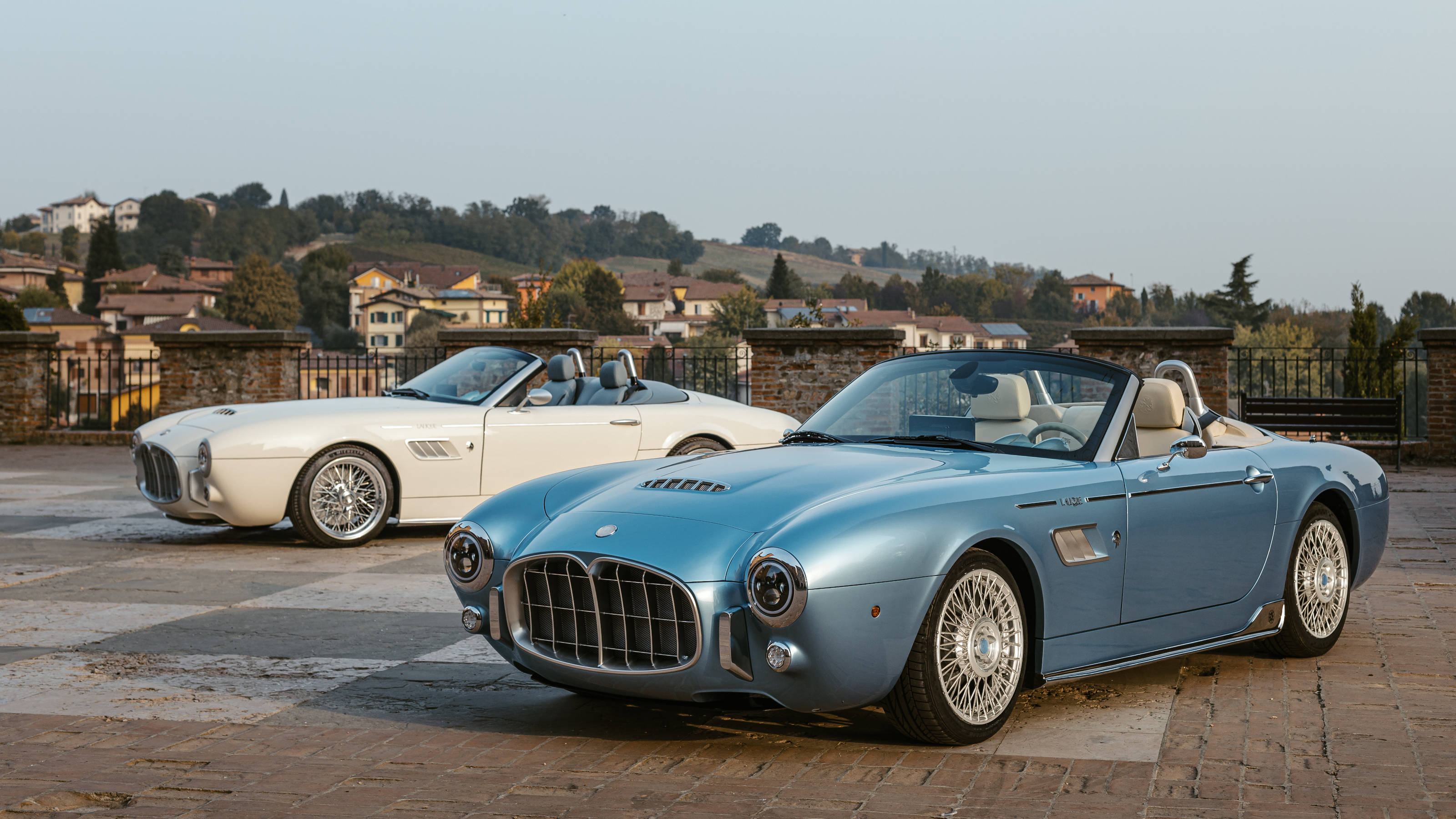 Ares Wami Lalique Spyder harks back to a golden age of coachbuilding
Ares Wami Lalique Spyder harks back to a golden age of coachbuildingWith the Ares Wami Lalique Spyder’s real crystal fittings and entirely bespoke body, the Milan-based coachbuilder evokes midcentury automotive glamour
By Rory FH Smith